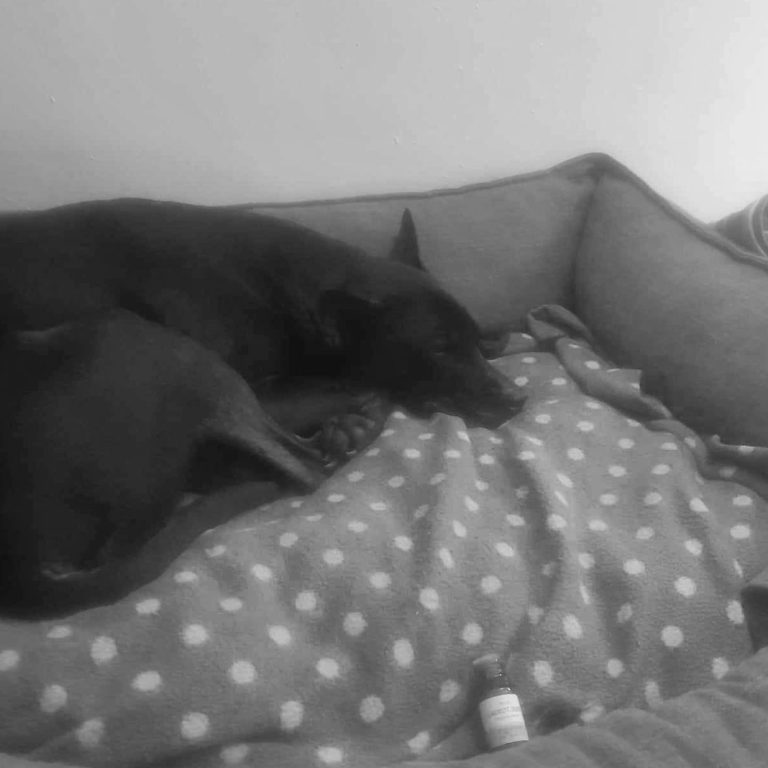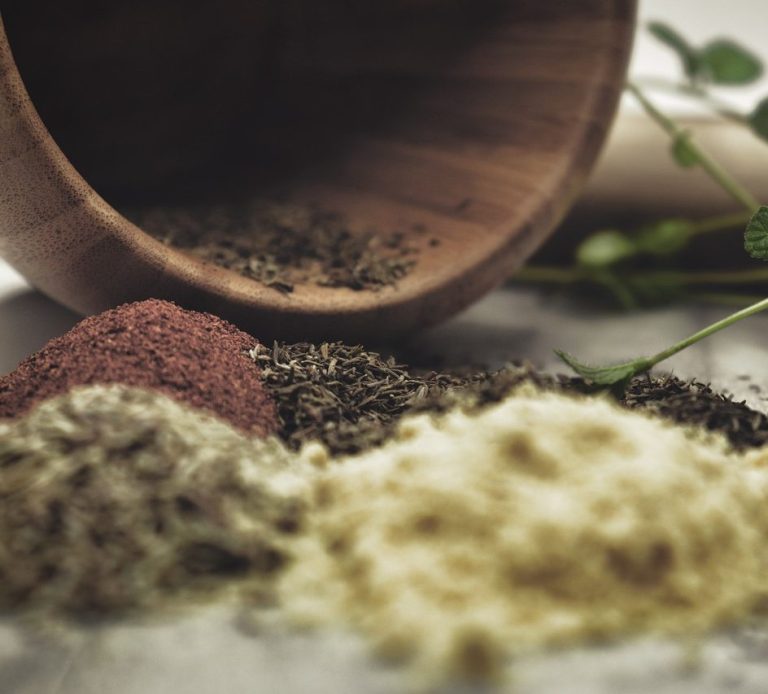What is Zoopharmacognosy?
Animal self-medication
The term Zoopharmacognosy is derived from three Greek words: zoo (animal), pharma (medicine), gnosy (knowing). It is the study of how animals self-medicate by seeking out natural medicinal remedies in their wild habitats in order to maintain their physical and emotional well-being. This process is an innate ability observed across all species, including insects, and has developed across millennia - it is hard-wired into their DNA. By contrast, captive and domestic animals often do not have the means to forage naturally in order to self-medicate.


What is Applied Zoopharmacognosy?
Self medication for domestic animals
Applied zoopharmacognosy is the process of enabling domestic or captive animals to self-medicate by bringing secondary metabolites (plant extracts) into their environment in the form of essential oils, absolutes, hydrosols and herbal powders . The plant extracts contain the same or similar constituents to those found in their natural environment and match those with which their ancestors would have evolved in their evolutionary history.
Applied Zoopharmacognosy using
The Ingraham Method of Innate Medicine
- an individualised approach
IMIM stands for the Ingraham Method of Innate Medicine (IMIM). It is founded on the Ingraham Sensory Modulation Theory developed by Caroline Ingraham in the 1990s and has evolved over several decades of observational, practical and scientific research involving many animal species including primates, elephants, seals, tigers as well as horses and domestic animals.
IMIM uses specialised techniques to match an animal’s condition and its severity to the correct remedies. An IMIM practitioner has been highly trained by Caroline to observe an animal's body and behaviours while they are working with the oils; to look for their responses and to understand them in order to know what remedies are needed and then to recommend next steps. At the heart of the IMIM approach is the ethos that the animal is always allowed to select their remedies and should be able to move away from them at all times . As an innate process, they will match their dosage to their individual gene expression making it a unique and individualised selection. In this respect, an IMIM practitioner never administers or prescribes a remedy.
You can find out more about Caroline Ingraham and her journey at the following link: https://www.carolineingraham.com/about
Note: An IMIM practitioner never diagnoses an animal nor does Applied Zoopharmacognosy replace veterinary care - it is a complementary method. The selected remedies may offer clues regarding underlying physical conditions and can thereby help to guide a veterinary diagnosis. However, each natural remedy has a range of effects, often acting on different organ systems. It is therefore important that an animal's selection is interpreted with great care and that no assumptions regarding the cause for their selection are made.
IMIM Diploma Practitioners have been trained to Caroline's most recent methods and research and are the only formally recognised practioners of applied zoopharmacognosy on her website. You can find me listed as an Ingraham Graduate Practioner at the following link: https://www.carolineingraham.com/graduate-practitioners


How does Applied Zoopharmacognosy work?
Applied zoopharmacognosy uses the central idea that the health status of an animal influences the appeal and pleasantness of a plant or mineral. This means that when an animal’s immune system detects a weakness, it sends signals to make the aromas or taste of specific plants or minerals more appealing. Having different signals for different aromas and taste, enables the animal to identify which therapeutic plant is most appropriate for its condition, for example, a bacterial infection should send a signal that makes antibacterial plants such as garlic or thyme more pleasant, whereas an injury should send a signal for a painkilling plant like sweet birch or yarrow. Depending on the severity of the condition, the sensitivity and intensity might also be altered and the more beneficial the plant compound will seem. There are three ways in which an animal might self medicate: by inhalation, orally (species dependent and most notably minerals and nutrients with dogs) and/or topically - on skin and/or hair.
About the oils
Only high quality natural remedies have the therapeutic diverse chemistry that animals recognise and use effectively. The IMIM approach uses only the highest grade, natural remedies that are of medical grade from artisan and organic suppliers. The oils are usually distilled for longer than cheaper mass produced oils so that heavier molecules can be released from the plant and come up into the distillation process resulting in a more diverse essential oil.


About me
I first became acquainted with IMIM in 2022 when I was seeking holistic care for my dog, Merlin, and, witnessing the astonishing results first hand, became interested in learning more about the oils and how they work.
My passion and enthusiasm to gain a deeper understanding of this wonderful subject has resulted in my studying under Caroline Ingraham since September 2022 and has culminated in my gaining a Diploma in Applied Zoopharmacognosy - the most recent and highest professional qualification Caroline offers using the IMIM techniques. I am proud and delighted to be able to offer this holistic method to you and your dog and I look forward to working with you.
Sue Englefield
© Copyright. All rights reserved.
We need your consent to load the translations
We use a third-party service to translate the website content that may collect data about your activity. Please review the details in the privacy policy and accept the service to view the translations.